METAIRIE, La. — Brandon Marshall was asked if he can still do it like he used to. He responded with a coy smile.
“No, I’m done. I’m washed up,” said the 34-year-old wide receiver, who signed with the New Orleans Saints on Monday after being released by the Seattle Seahawks two weeks ago. “What my film says this year is what it is.”
Marshall had some fun with the topic — but also showed plenty of self-awareness Wednesday while admitting that he knows the “narrative is that I’m done.”
The six-time Pro Bowler said being cut twice already in 2018 has been humbling. However, he said injuries were a big reason for that after he finished last season on injured reserve with an ankle injury, then had toe surgery, then dealt with a hamstring injury this summer. He said he has been “fit as a fiddle” and “healthy as a trout” since Week 3 or 4.
Marshall also is excited to join quarterback Drew Brees, whom he called “a wide receiver’s dream,” and a red-hot 8-1 team that will give him a chance to make his first playoff appearance in his 13-year career.
“I’ve spent most of my career as the guy on top, All-Pro, Pro Bowl guy … and I’m at the bottom right now,” said Marshall, who was released by the New York Giants in April before his stint with Seattle. “I got an amazing opportunity to go to the Seahawks. That was an amazing experience. I just wasn’t healthy enough. So when you’re on the other side of 30 and you don’t produce, this is the situation you’ll find yourself in. So I’m excited and grateful for this opportunity, and I love playing football, and it’s something I want to continue to do.”
Marshall said being cut twice in one year is “interesting,” but it “built a lot of character.”
“I’ve always been a guy that handles adversity well — well, maybe not early on in my career, I didn’t do a great job. But what I mean about handling adversity is I always picked myself up,” said Marshall, who has talked about working to mature as a person and a teammate throughout his career, while also becoming an advocate for people dealing with mental health issues. “And in this situation, when Seattle cut me, I just continued to work out, stay in shape and have faith.
“Made a few phone calls to see if someone could pull a favor to get a workout. I knew once I worked out, I would look good. I’m healthy now and ready to roll.”
Marshall said he was actually surprised and “a little devastated” when the Saints didn’t sign him after he was happy with his workout last Tuesday. He said he had his suit ready to travel with the team to Cincinnati in Week 10.
Instead, the Saints opted to sign another out-of-work star — Dez Bryant — who wound up tearing his Achilles tendon during Friday’s practice. So the Saints called Marshall, and he was back on a plane to New Orleans on Sunday while they were dismantling the Bengals, 51-14.
Marshall still has to prove he can do it on the field. He had only 11 catches for 136 yards and one touchdown in seven games with the Seahawks before being phased out of the rotation — and most of that production came in the first three weeks, before he said he got fully healthy.
It was a similar situation with the Giants last year, when Marshall had just 18 catches for 154 yards and zero touchdowns in five games before landing on IR.
But the Saints could find a role — especially in the red zone — for a 6-foot-5, 232-pound receiver who holds the NFL record with six seasons of 100-plus receptions. Especially since he will now be catching passes from the most accurate QB in NFL history.
“Our paths have crossed a bunch of places off the field. We played in the Pro Bowl together. I’ve known of him for a long time, really heard a lot of good things about him, been a fan of his just watching him on film,” Brees said. “He’s a smart, veteran guy who is very fluid. Seen him in a lot of different offenses. Seen him be successful both as an outside receiver, an inside receiver. He’s very versatile. He’s a big target, a big catching radius. Just watching him run today, he’s pretty impressive.”
Whether or not Marshall can start helping the Saints on Sunday against the Philadelphia Eagles — or four days later on Thanksgiving night against the Atlanta Falcons — remains to be seen. Marshall said he played for a similar offense with the Chicago Bears when former Saints assistant Aaron Kromer was the offensive coordinator there. But now that he’s with his seventh team in his NFL career, Marshall knows there is an adjustment period.
“He’s pretty smart. I don’t think that’s gonna be [a problem],” Saints coach Sean Payton said. “He’s had it now for 24 hours, and I feel like he has two positions. It’s one of his strengths.
“This’ll give us a chance to see where he’s at, and week by week take a peek and try to evaluate his skill set to see where and if it fits what we’re doing.”



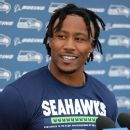

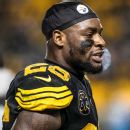

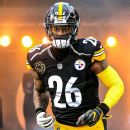
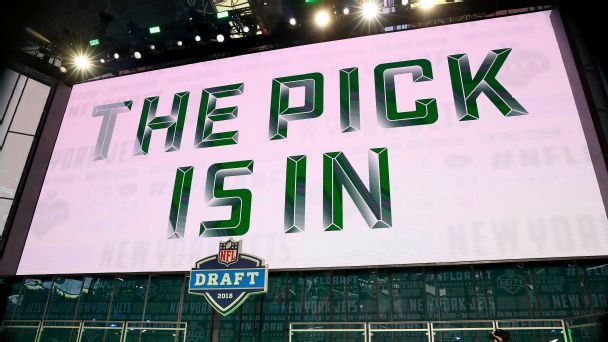
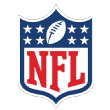
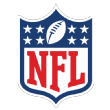 Everything you need this week:
Everything you need this week: